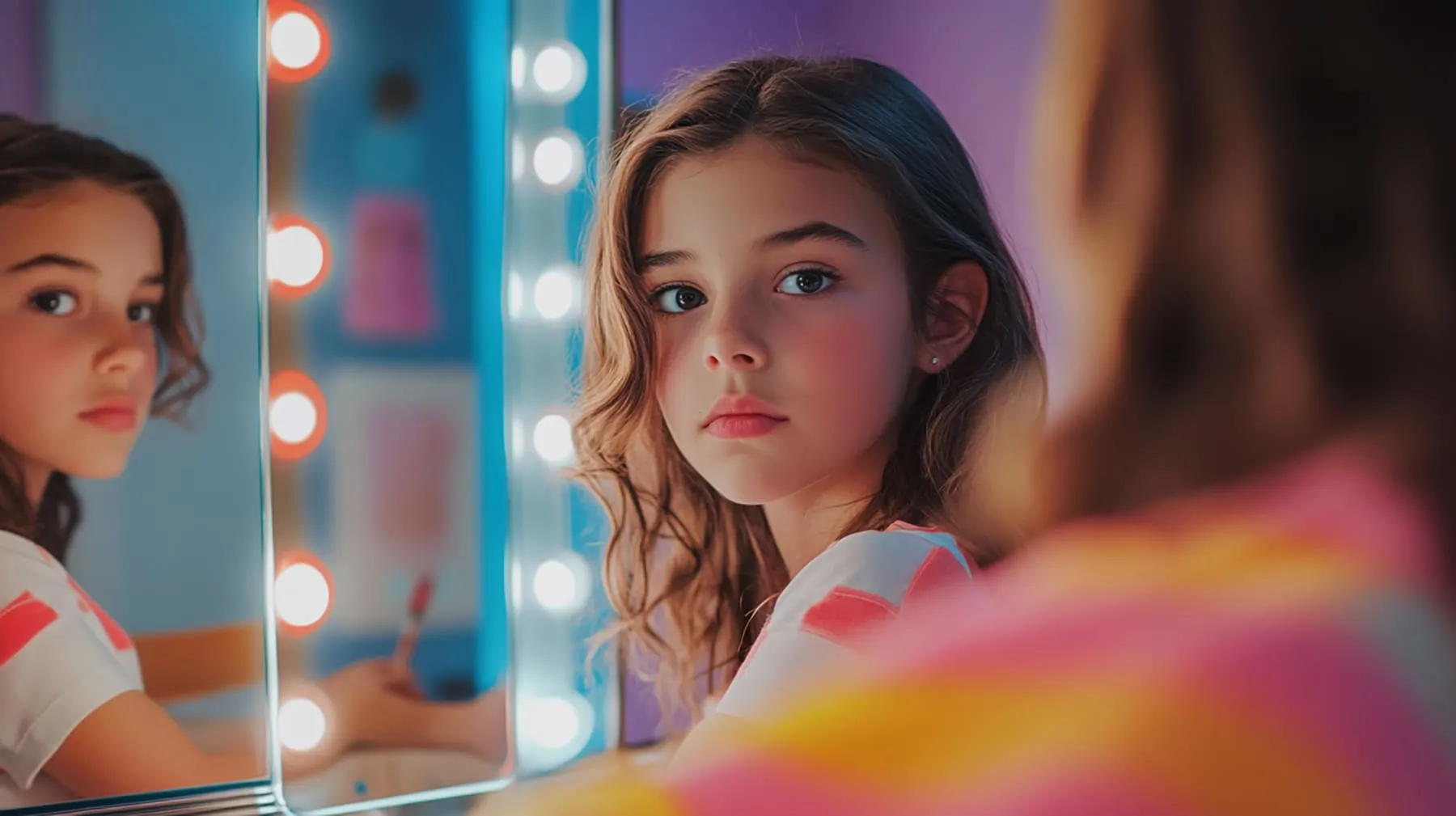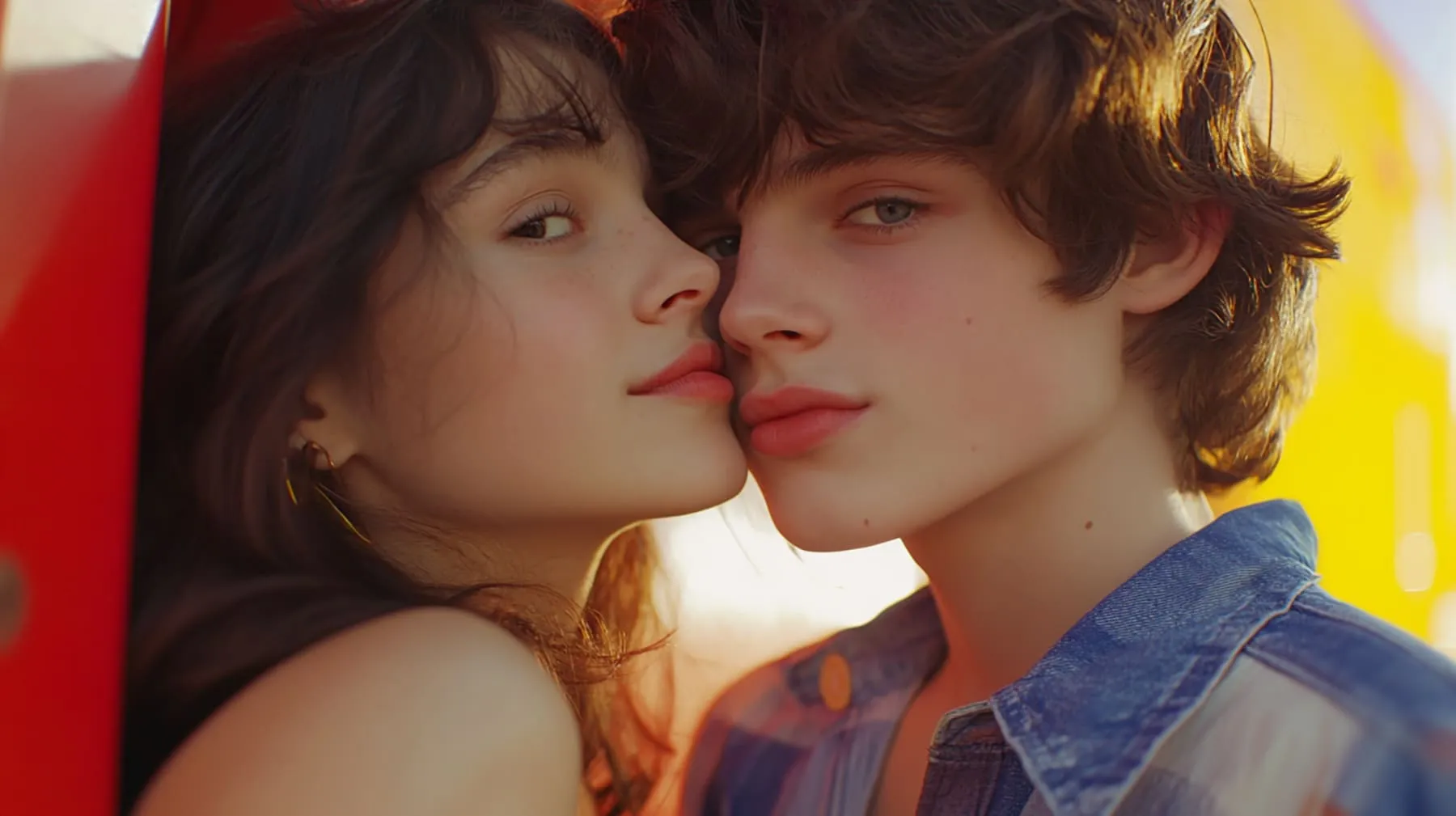Sephora Kids: how Gen Alpha is shaping the future of beauty

A new beauty generation: meet the Sephora Kids
Evelyne Unh is eight years old. She’s not old enough to vote, drive, or go to middle school—but she has already built a loyal audience of thousands on TikTok. Her content? Skincare hauls, beauty routines, and product reviews delivered with the precision and charisma of a seasoned beauty guru. Her vanity is neatly organized with serums, toners, masks, and lip oils—many from luxury brands marketed to adults. She is not an exception.
Across TikTok, the hashtag #SephoraKids has exploded, with videos racking up millions of views. We see children—some barely past kindergarten—shopping at Sephora, reviewing serums, and showing off $40 moisturizers. They speak the language of beauty influencers fluently: niacinamide, hyaluronic acid, exfoliants, retinoids.
But what’s happening here isn’t just about skincare. It’s about identity.
The emotional power of beauty brands
Sephora is, in many ways, the perfect storm. It’s aspirational but accessible, colorful but curated, inclusive yet high-status. For Millennials (1981–1996), it represented adulthood. For Generation Z (1997–2012), it became a gateway to self-expression. For Generation Alpha (2013–2025), it’s becoming something else entirely: a symbol of emotional belonging.
For this generation, shopping is content, and skincare is social. A trip to Sephora isn’t just retail—it’s a story, an experience, a performance. Filming, swatching, unboxing—it’s all part of a curated narrative for an audience of peers. For kids raised in a world of algorithmic validation, beauty brands like Sephora become more than products. They are identity props.
Sephora may not have directly targeted children, but its emotional pull has trickled down surprisingly. The question is: Can emotional branding be too effective?
Between play and pressure: when skincare becomes an identity
On the surface, skincare seems innocent—just lotion, play, and shimmer. But underneath that innocence lies something more complex. Dermatologists are raising concerns: many trending products contain active ingredients that are too harsh for young skin. But the more urgent issue isn’t dermatological—it’s psychological.
When eight-year-olds talk about pores, dark circles, and exfoliation, we are witnessing a cultural shift. What used to be “play pretend” is now a form of performance. Childhood beauty no longer revolves around sparkle and fantasy but around control, discipline, and preemptive self-care. We are watching the adultification of childhood—not through labor or schoolwork, but through aesthetic self-management. These kids aren’t just experimenting with makeup; they’re absorbing a culture of polish and perfection driven by visibility and validation.
The missing conversation: is this still empowerment?
Beauty brands, including Sephora, deserve credit. They’ve built inclusive, diverse, and emotionally resonant ecosystems that have helped redefine beauty as a form of empowerment and self-expression. But that power casts a shadow.
When emotional branding resonates so profoundly that it captures children, a new line is crossed. Are we still empowering young people—or are we setting expectations they’re not ready to navigate? The “Sephora Kids” trend forces a difficult question:` What does empowerment look like when it targets an audience still forming its sense of self? Where do we draw the line between celebrating individuality and instilling insecurity? This isn’t a call for censorship. It’s a call for reflection.
The future of beauty is watching
What happens when emotional branding becomes so compelling that it reshapes childhood itself? When the rituals of adulthood—skincare routines, beauty standards, curated personas—are absorbed before the personality has even solidified? This isn’t just a Gen Alpha trend. It’s a cultural mirror. And like all mirrors, it reflects more than it shows. It asks us: Who is beauty for? And when should it begin?
The ethical dilemma: Marketing Strategy or Societal Concern?
From a brand perspective, reaching younger consumers early is a strategic masterstroke. Sephora’s aspirational identity is already well-established among adults. Extending that connection to younger audiences—via pastel packaging, playful tutorials, and micro-influencer culture—can ensure future loyalty. But where does clever strategy become a cultural risk?
Are we celebrating creativity and expression or subtly importing adult anxieties into childhood? When preteens apply retinol or worry about “glass skin,” are they exploring identity or internalizing expectations they cannot manage? This isn’t just about beauty trends. It’s about values. The question isn’t whether the Sephora Kids trend is profitable—it is. The question is: Should beauty begin before identity has fully formed?
As this new beauty generation emerges, society must ask: Are we promoting confidence—or perfectionism? Self-care—or self-surveillance? When childhood becomes content and skincare becomes status, we must be very clear about what we’re celebrating—and at what cost.
Frequently asked questions (FAQ)
Curious about Gen z & Alpha and Trends?
If you’re looking to innovate, test new concepts, or better understand younger audiences, we’re here to help. From facilitating creative sprints and moderating workshops to conducting market research and trend analysis, we support your journey of connecting with the next generation.
Reach out to get started!
You may also like these articles
Explore our collection of articles decoding youth culture, Gen Z, and Gen Alpha.







